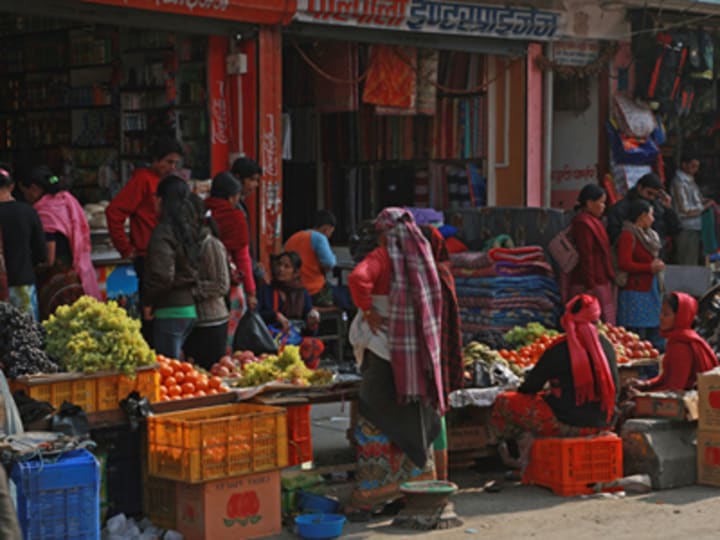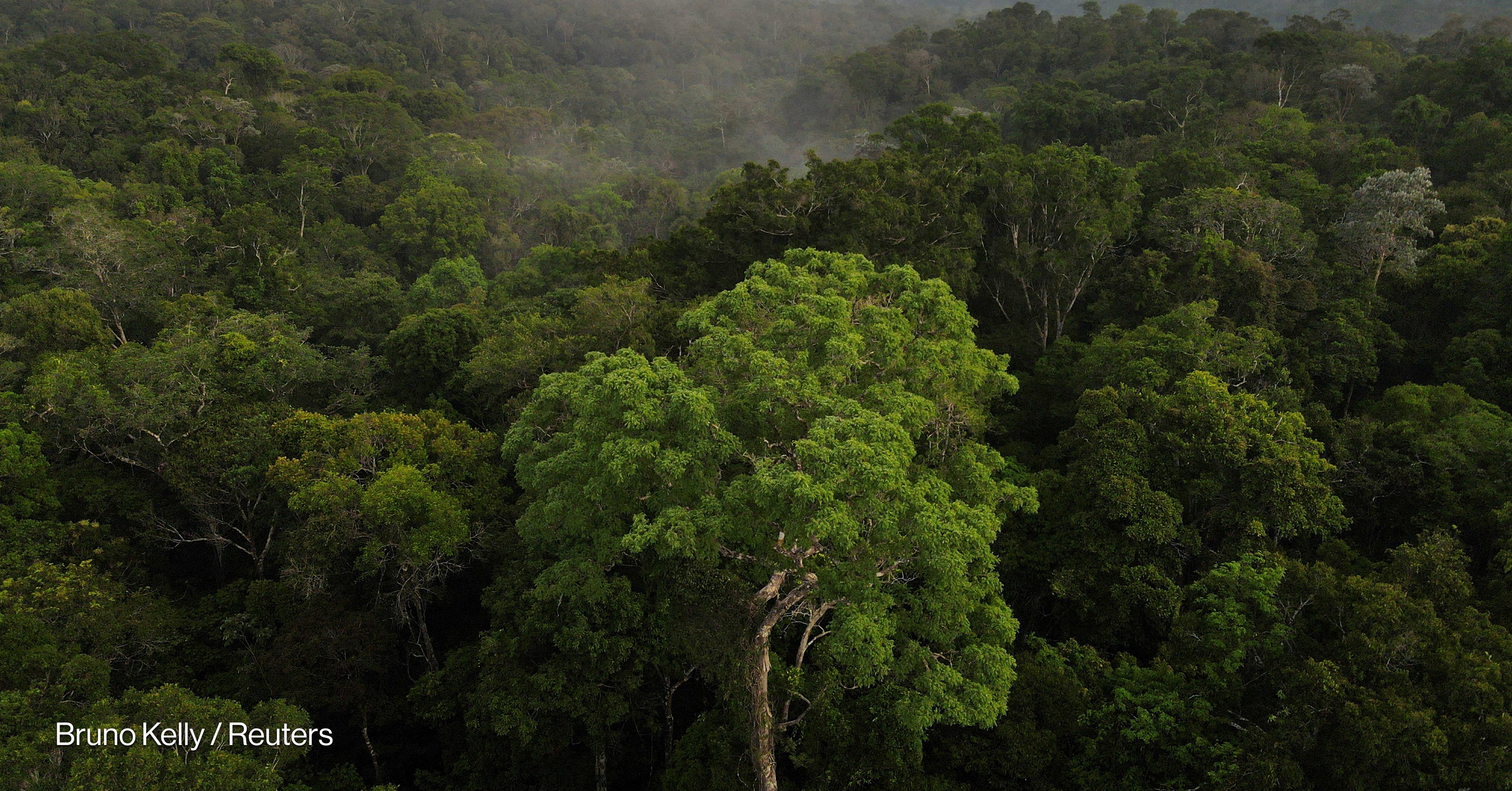
The International Development Association, the World Bank’s fund for poor countries, is set to change the way it determines funding for fragile and conflict-affected states.
The new funding for so-called “turn-around” countries would allow more funding to countries like Yemen, Sierra Leone, Nepal and Liberia, which are low on the Washington, D.C.-based institution’s performance rankings — and therefore qualify for less funding — but don’t meet the threshold for extra funding IDA gives to countries immediately after a conflict.
Despite the likelihood of lower overall funding from donors for IDA loans over the next three years, the bank has said it will be scaling up efforts in fragile and conflict-affected states as a part of its new strategy to eliminate extreme poverty — and the new funding mechanism may play an important role in that support.
This is a step back from the performance-based allocation system that has determined World Bank funding for those countries for the past decade. Some argue that system unfairly punishes countries exiting periods of instability or conflict and are improving, but still have weak institutions.
“It does challenge the old argument of rewarding better performing countries,” said Anis Dani, World Bank evaluation specialist and lead author of an internal report on the bank’s work in conflict-affected states released publicly last week. “Because It says that, even though those institutions are weak, they are not stealing money from their people, so we can invest in them so that they get better at managing their own resources and running the country better.”
Changes
In the evaluation, Dani’s team recommended changes to the way the bank defines fragile states, which has relied heavily on IDA’s Country Policy and Institutional Assessment tool.
“The problem is that those are essentially indicators of economic performance, economic policy, human development policy, and how the public sector institutions work,” explained Dani. “There’s not a single indicator of political instability or conflict.”
The new funding method would likely take into account recent progress countries had made, rather than the CPIA data, which looks at a period up to two-years on the past, as well as conflict and fragility indicators.
The World Bank has prioritized its efforts in conflict-affected and fragile states, as it has become clear that those countries will be home to most of the world’s poor in the coming decades, and make up a bulk of the clients for IDA loans..
IDA deputies, representatives from the donor countries that shape the agency’s policies during each funding round, may approve the new funding regime when they meet in Moscow next week to finalize their pledges. The new policy framework will be released in January and will take effect in July.
During their last meeting, the deputies agreed to a $50.5 billion fundraising target during their last meeting, which would maintain the IDA budget, but represents a funding decrease in real terms from the previous three years.
Read more development aid news online, and subscribe to The Development Newswire to receive top international development headlines from the world’s leading donors, news sources and opinion leaders — emailed to you FREE every business day.








